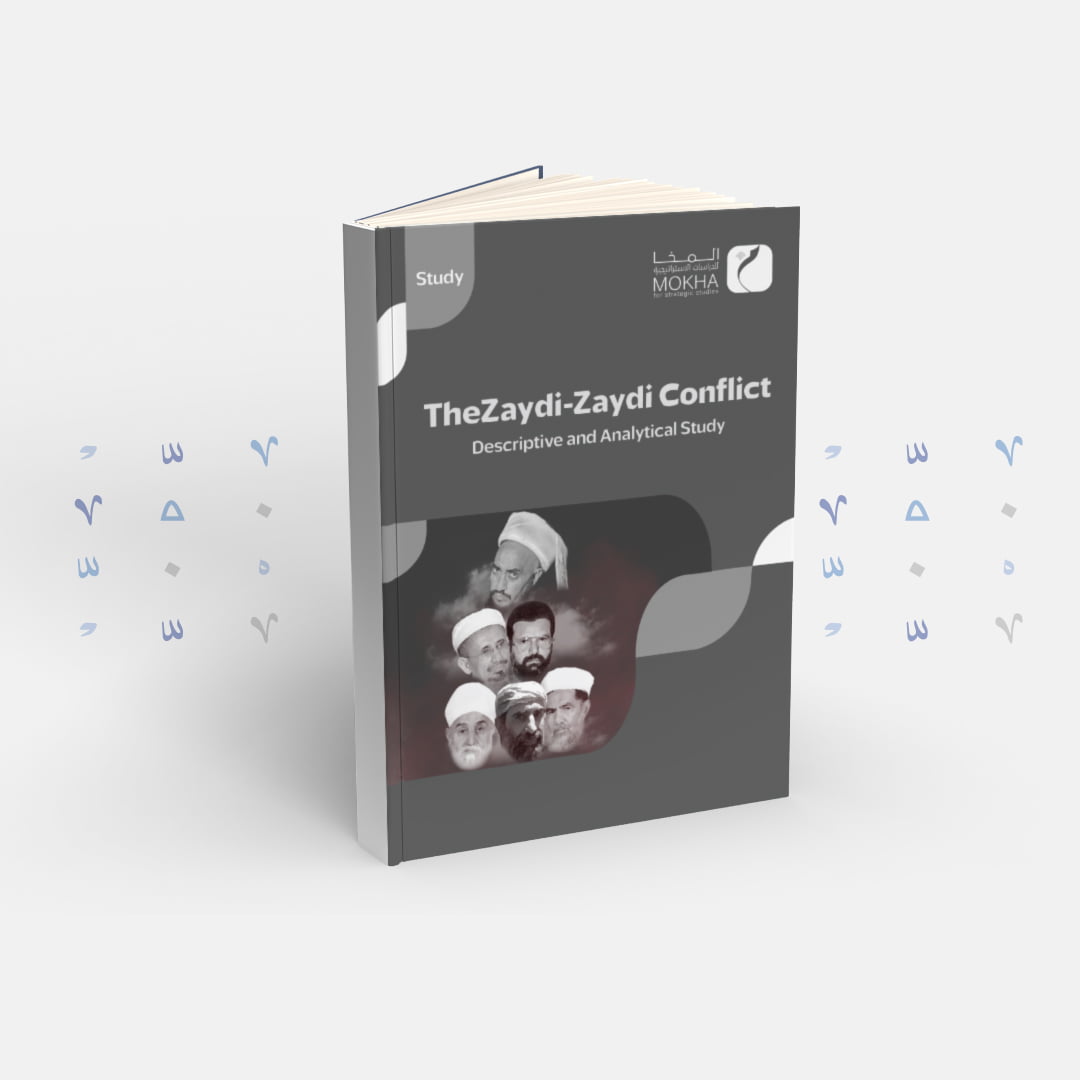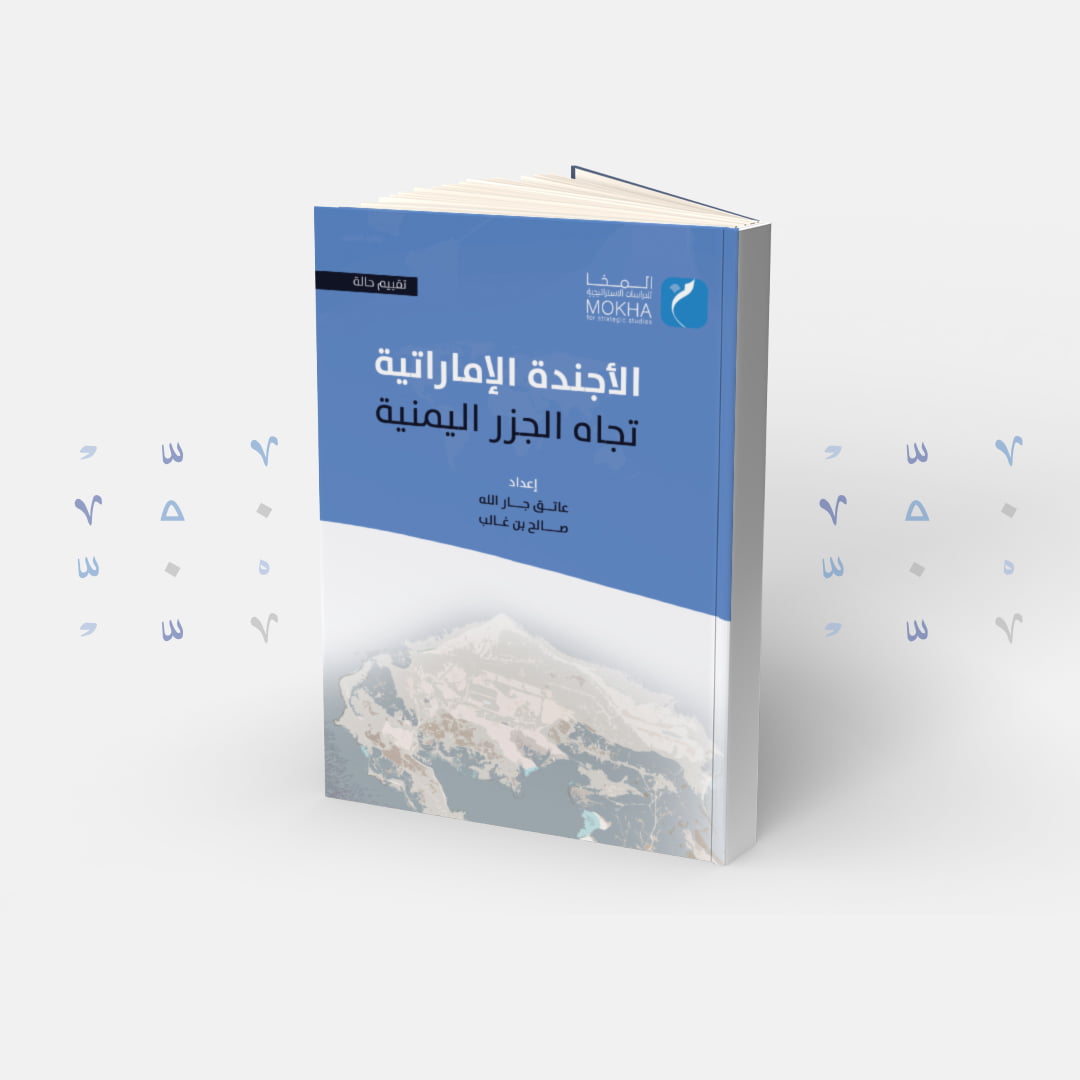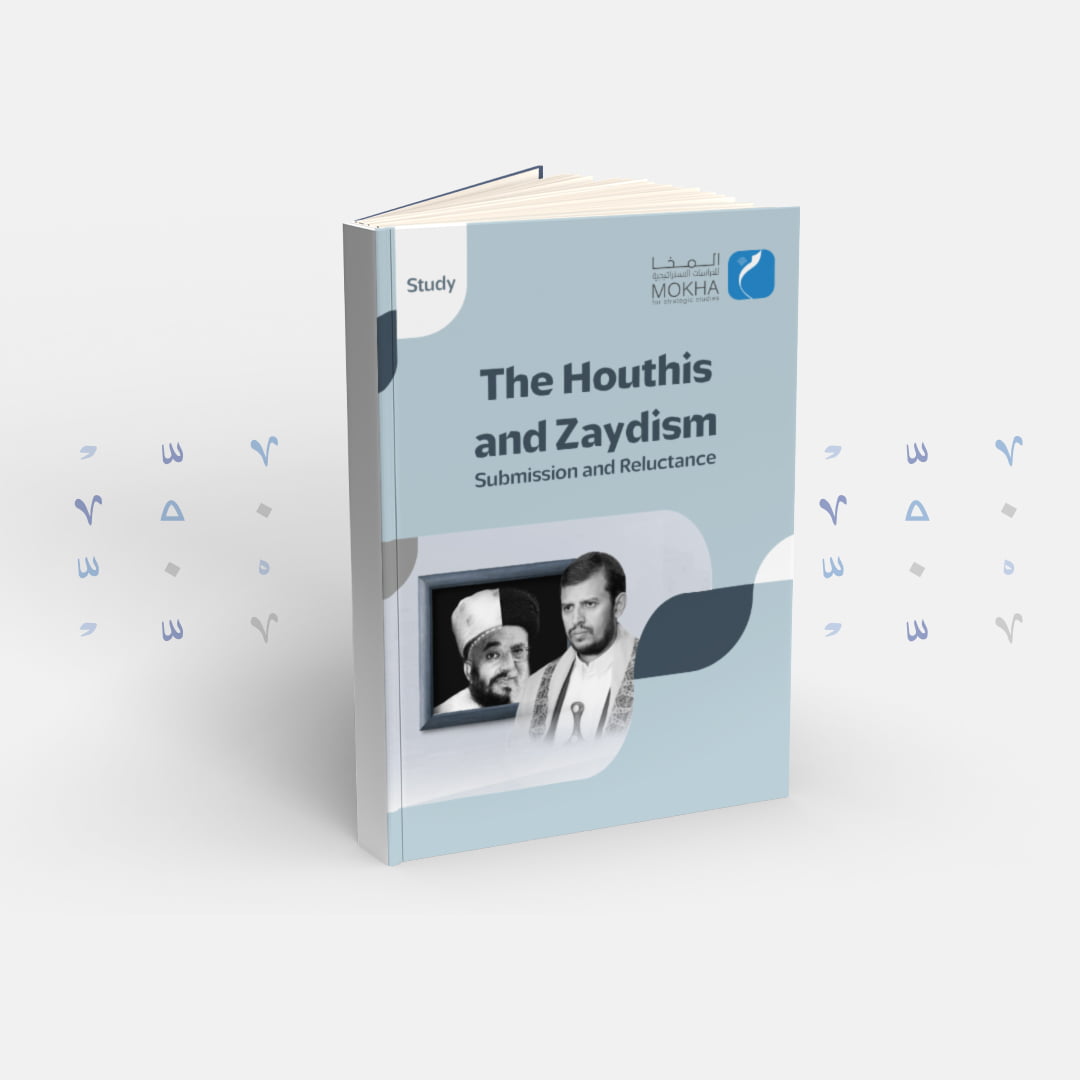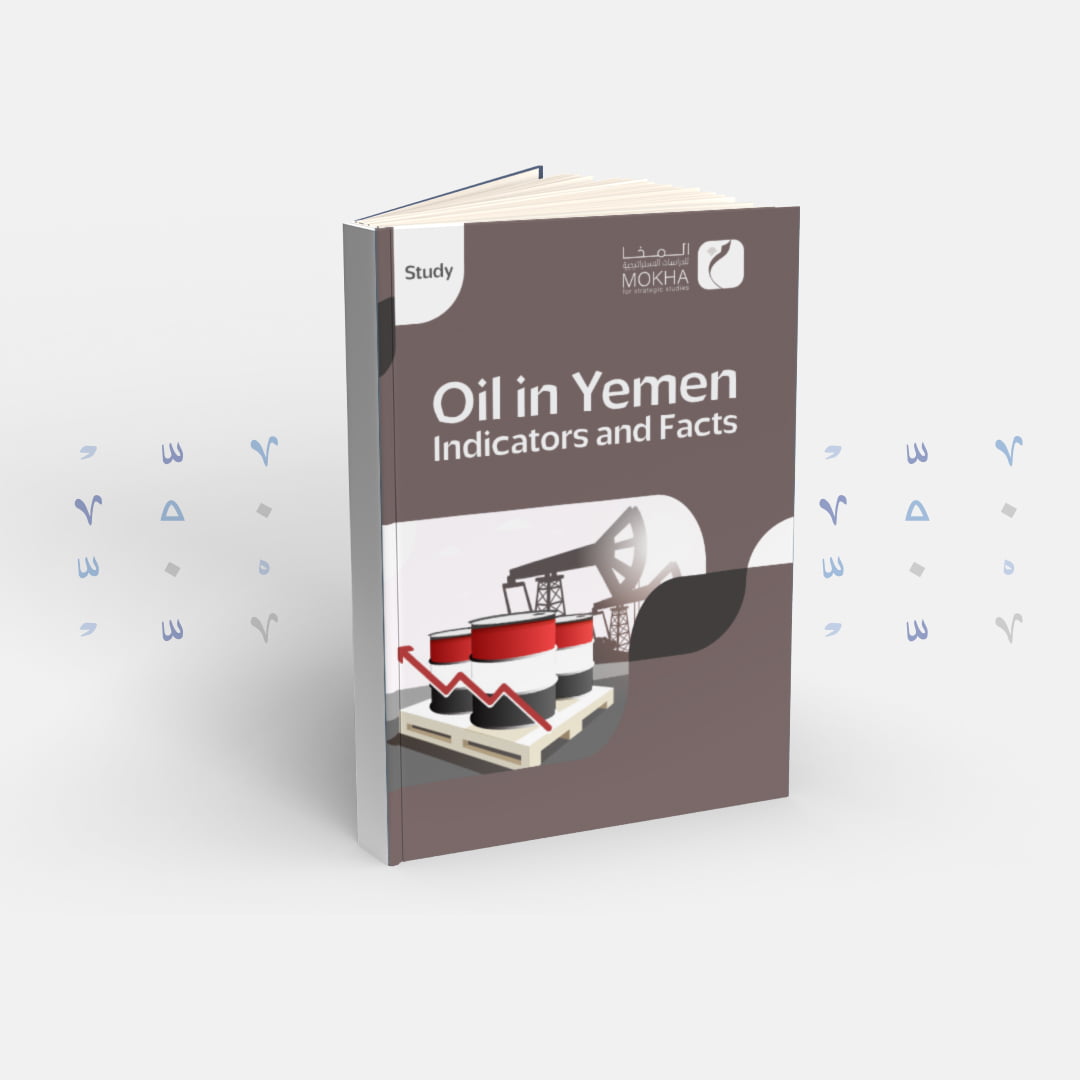The Zaydi-Zaydi Conflict Descriptive and Analytical Study

| Getting your Trinity Audio player ready... |
Book Summary
The Zaydi-Zaydi Conflict, by Dr. Abdul Hamid Ahmed Murshid, deals with the phenomenon of the conflict in the Zaydi community as a manifestation of the Zaydi thought and society, before and after the September 26 revolution in 1962 and until the writing of the research.
The researcher identifies the motives behind these conflicts, the causes of the conflicts, their views and parties, their dimensions, their results and effects, and the nature of the rules and frameworks surrounding them, through a descriptive and analytical study that traces the stages of the Zaydi presence in Yemen since the late third century until today.
The study attempts to examine the extent of the internal conflict in the Zaydi movement as it represents a social and political phenomenon while defining the results and effects of it on the Zaydi community, and the Yemeni society, in general. Thus, it relies on a discussion of the validity of the hypothesis that states that Zaydism has one vision and path throughout its history, and this is what enabled it to rule Yemen in more than one era.
While the Houthis are at the forefront of the scene with their vision, it is the product and the result of these conflicts. Thus, this issue occupies a place in the concerns of Yemenis due to the nature of the stage and the events taking place.
The study is rich with a detailed review of facts and events related to the Zaydi-Zaydi conflict during the period (1962-2010) targeted by the study.
The study consists of four sections:
- The First Study: The roots of the Zaydi-Zaydi conflict: its manifestations and causes.
- The roots of the Zaydi-Zaydi conflict throughout history in Yemen’s geography.
- The manifestations and the images of the Zaydi-Zaydi conflict during the period of 1962 to 2010.
- The causes and factors of the Zaydi-Zaydi conflict during the period of 1962 to 2010.
- The Second Study: Dimensions and contexts of the Zaydi-Zaydi conflict during the period (1962-2010):
- The rise of the republic: isolation, involvement, and penetration.
- Yemen Unity: traditional formation, partisan transformation, and liberation.
- The Iranian-Khomeini Revolution.
- The spread of the Islamic-Sunni tide in Yemen.
- The spread of national and secular ideas and the position of the Zaydi parties toward their impact on the conflict.
- The Third Study: The internal and external results and effects of the Zaydi-Zaydi conflict:
- Intellectual, movement, and political results on the Zaydi internal level.
- Intellectual, political and social effects on the surrounding community.
- The Fourth Study: The rules and the references governing the Zaydi-Zaydi conflict
- Rules and intellectual constant.
- Religious and social references.
The study reached a set of intensive conclusions and summaries.
click to download the article




